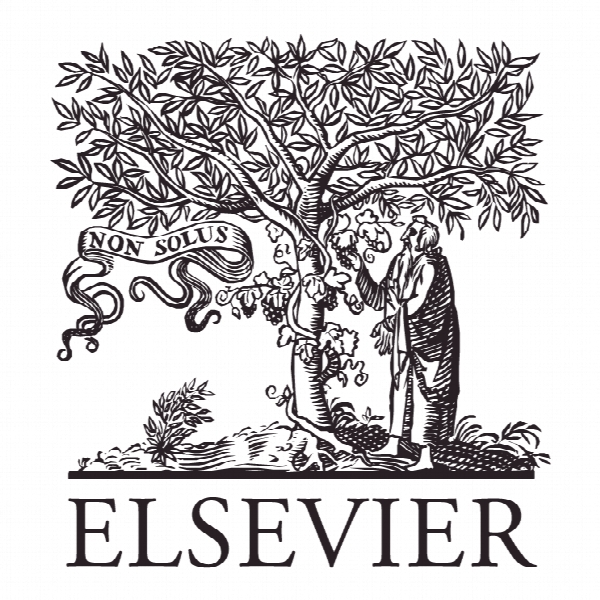منابع بازاریابی، عملکرد و مزیت رقابتی: بررسی و راهنمایی های پژوهشی آینده Marketing resources, performance, and competitive advantage: A review and future research directions
- نوع فایل : کتاب
- زبان : انگلیسی
- ناشر : Elsevier
- چاپ و سال / کشور: 2017
توضیحات
رشته های مرتبط مدیریت
گرایش های مرتبط بازاریابی
مجله تحقیقات بازاریابی – Journal of Business Research
دانشگاه واحد تحقیقات بازاریابی، لیسبون، پرتغال
نشریه نشریه الزویر
گرایش های مرتبط بازاریابی
مجله تحقیقات بازاریابی – Journal of Business Research
دانشگاه واحد تحقیقات بازاریابی، لیسبون، پرتغال
نشریه نشریه الزویر
Description
1. Introduction Marketing resources are crucial drivers of a firm’s business strategy as they help the firms gain a competitive advantage over competition (direct or latent) and lead to better performance. Past research in this area uses diverse theoretical perspectives, including market-based assets and their effects on the stakeholder value (Srivastava, Shervani, & Fahey, 1998), the impact of brand equity and innovation on long-term marketing effectiveness (Slotegraaf & Pauwels, 2008), resource-based theory (RBT) (Srivastava, Fahey, & Christensen, 2001; Kozlenkova, Samaha, & Palmatier, 2014), and resource advantage theory (RAT) of competition (Hunt & Morgan, 2005), among others. However, there is still little systematic research on the theoretical foundations and empirical implications of marketing resources and competitive advantage. Researchers using RBT typically recognize the role of marketing resources such as brands and relationships (customer and distributional) in obtaining competitive advantage (e.g., Barney, 1991, 2014; Combs & Ketchen, 1999; Day, 2014). However, the literature has generally ignored the fundamental processes that transform resources into value for the customers (cf. Srivastava et al., 2001). Therefore, any contemporary application of the RBT to marketing would require identification of marketing-specific resources based on the RBT premises, namely rare, valuable, and imperfectly imitable (Kozlenkova et al., 2014; Srivastava et al., 2001). In other words, we need more research using RBT as a contemporary framework to integrate a wide array of resources to provide a compelling explanation of a firm’s competitive advantage. In contrast to RBT, RAT posits that a firm can achieve sustainable competitive advantage only if it manages and manipulates its internal resources in such a way that their consumption in a dynamic industry competition provides superior financial performance for a firm (Hunt, 1997, 2011). The theory adopts a resource-based view (RBV) of the firm by focusing on marketing resources in terms of their ability to obtain competitive advantage. RAT considers resources as the tangible and intangible assets of a firm that can produce a market offer that has a value for a specific segment of the market (Hunt & Morgan, 2005). However, there is a need for further empirical research on the ef- ficiency of stakeholder value and inward-looking strategy.


